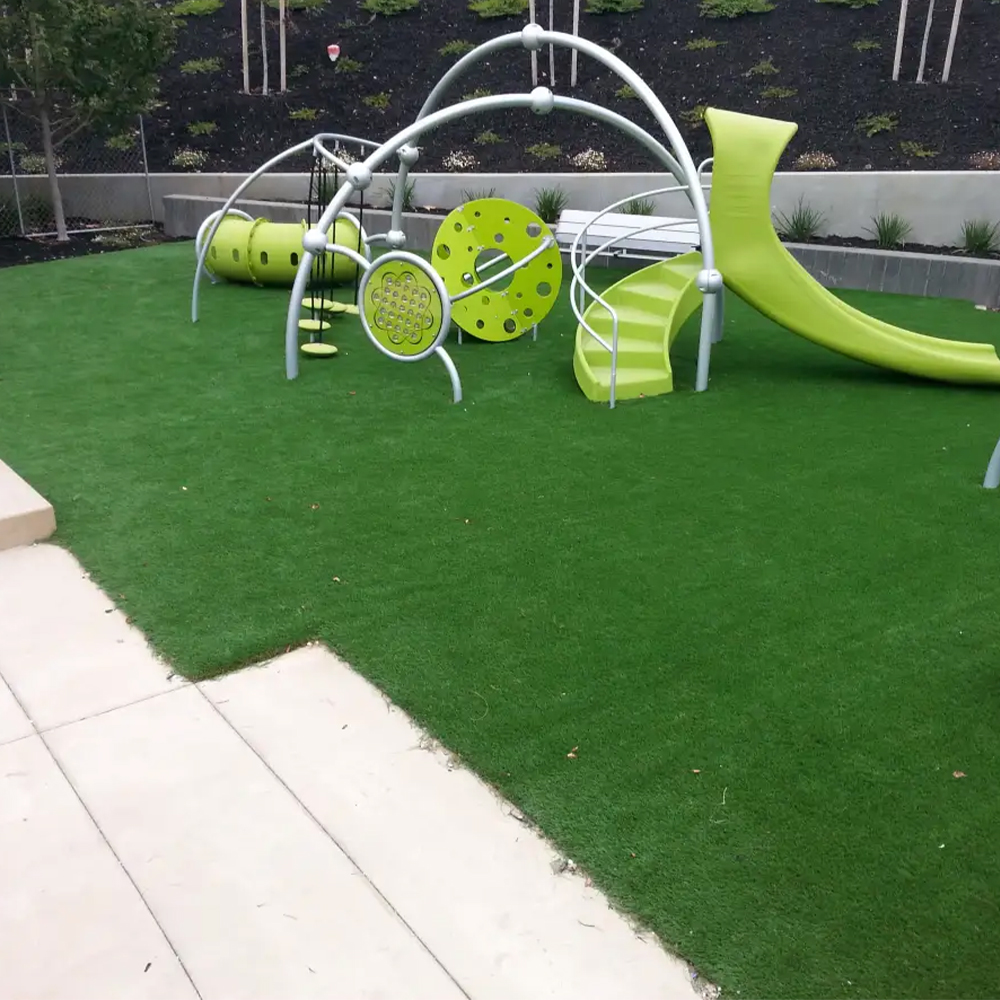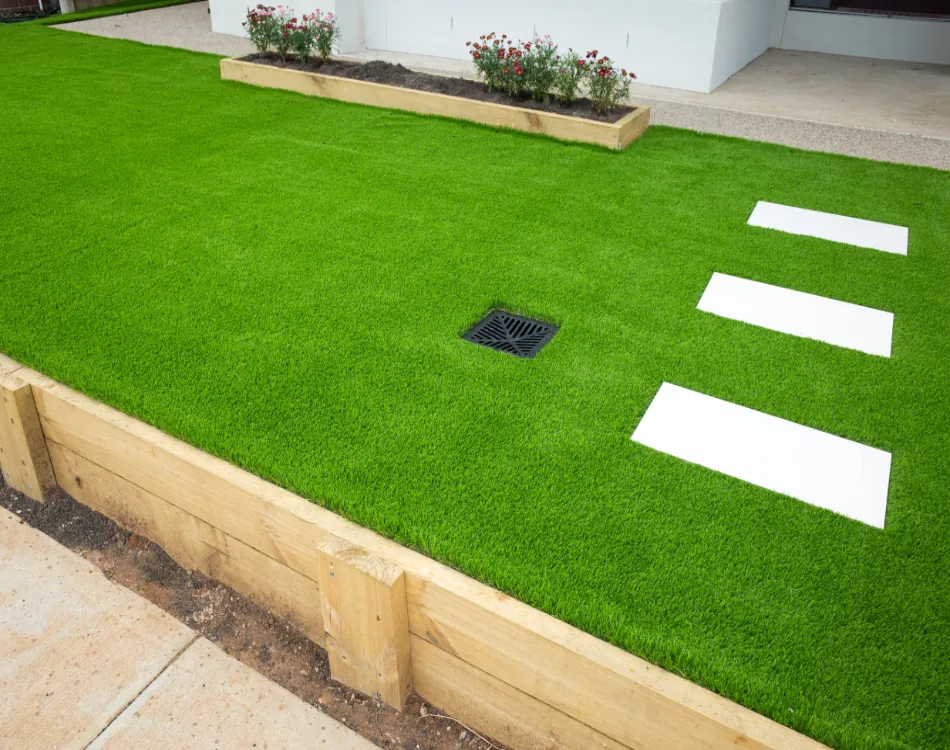Choose Trusted Artificial Turf Companies Phoenix for Your Landscaping Needs
Wiki Article
Look Into the Environmental Perks of Opting for Artificial Grass Solutions
The fostering of synthetic grass options offers a compelling chance to deal with pushing environmental obstacles. By substantially lowering water use and decreasing the application of damaging chemicals, these choices not only advertise sustainable landscaping yet additionally secure regional communities. In addition, the reduced carbon impact linked with reduced upkeep activities contributes to an extra sustainable method to land management. However, the effects of these advantages extend past plain preservation efforts, questioning regarding their lasting influence on environment preservation and total environmental balance. Exploring these dimensions exposes a complicated interaction worth thinking about.Water Conservation Benefits
Among the most significant advantages of fabricated grass is its ability to conserve water. Standard lawn yards call for substantial watering, especially in areas prone to dry spell or water limitations. On the other hand, fabricated turf does not need watering, significantly reducing the general need for water resources. This feature is specifically beneficial in arid regions where water deficiency is a pushing issue.By eliminating the need for routine watering, fabricated grass contributes to sustainable landscape methods and helps mitigate the ecological effect of extreme water intake. The conservation of water prolongs to the reduction of runoff, which can lead to dirt disintegration and river air pollution.
In addition, the setup of synthetic grass permits property owners and towns to assign water sources much more effectively, concentrating on vital usages such as drinking water and farming. The shift in the direction of artificial grass not just advertises liable water usage but also aligns with more comprehensive environmental objectives targeted at protecting all-natural resources.
As communities progressively prioritize sustainability, the water preservation advantages of fabricated lawn provide an engaging situation for its adoption in domestic and commercial landscaping projects.
Reduced Chemical Use
The change to synthetic grass significantly lowers the dependence on chemical treatments frequently used in all-natural lawn upkeep. Typical turf monitoring normally involves the application of chemicals, plant foods, and herbicides to promote growth and control pests. These chemicals can posture dangers to human health, neighborhood wildlife, and the environment, adding to soil and water contamination.In contrast, man-made lawn eliminates the requirement for these harmful compounds. By decreasing the release of synthetic compounds into the ecosystem, artificial grass advertises much healthier soil and water systems.
Additionally, the lack of chemical drainage linked with synthetic grass installations helps safeguard regional rivers from air pollution, sustaining marine life and maintaining biodiversity. Arizona artificial turf. As areas increasingly prioritize lasting practices, selecting man-made lawn offers a practical option that aligns with environmental preservation objectives. Through this change, homeowner can enjoy lavish green rooms without jeopardizing ecological health, leading the way for a more lasting future
Lower Carbon Impact

Additionally, the setup of fabricated lawn can result in considerable water conservation. All-natural grass need considerable quantities of water for irrigation, which not only adds to the carbon footprint related to water extraction and treatment however additionally strains regional water sources. In contrast, synthetic grass needs very little upkeep, calling for no watering, thereby dramatically decreasing water use and its linked energy expenses.
In addition, the durability of artificial lawn adds to its decreased carbon effect. With a lifespan of approximately 15 years or more, the demand for regular substitutes is lessened, resulting in less waste and lower energy consumption in manufacturing and taking have a peek at these guys care of conventional turf options. Overall, synthetic grass presents a sustainable choice for eco aware landscaping.
Environment Conservation
Habitat conservation is a crucial consideration in the argument over landscaping selections, particularly when comparing synthetic grass to natural turf. All-natural lawn lawns typically need comprehensive maintenance, consisting of using herbicides, pesticides, and fertilizers, which can adversely affect regional ecosystems. These chemicals can seep into the soil and waterways, damaging indigenous plants and animals and interrupting regional environments.
Man-made turf gets rid of the demand for unsafe chemicals, consequently securing neighboring wildlife and maintaining the stability of surrounding ecosystems. The installation of man-made lawn can lead to the conversion of former turf locations into even more biodiverse landscapes, such as pollinator gardens or indigenous plant locations, which can sustain local wild animals.
Ultimately, the change to artificial lawn not just conserves water and reduces upkeep initiatives but likewise promotes a more harmonious relationship between human activities and the native environment, advertising habitat conservation at the same time.
Long-Term Sustainability
Long-term sustainability is a critical consider examining the benefits of synthetic grass over typical grass yards. One of one of the most considerable benefits of artificial grass is its longevity; it can last approximately 15-20 years with very little maintenance, whereas all-natural lawn requires constant reseeding and replacement. This long life minimizes the need for consistent sources, such as water, fertilizers, and chemicals, which are crucial for preserving a healthy yard yard.Additionally, fabricated grass adds to a reduction in carbon exhausts connected with grass care tools. Conventional lawns usually need gas-powered site web lawn mowers, trimmers, and blowers, every one of which contribute to air contamination. Arizona turf. On the other hand, synthetic grass removes the requirement for such tools, advertising a cleaner environment
Moreover, the manufacturing of artificial turf significantly makes use of recycled products, improving its sustainability account. As manufacturers adopt eco-friendly methods, the ecological footprint of synthetic grass proceeds additional resources to decrease.

Verdict
The fostering of synthetic grass options offers substantial environmental advantages, consisting of significant water conservation, lowered reliance on unsafe chemicals, and a lower carbon footprint. Synthetic grass help in maintaining all-natural environments by minimizing land disruption and promoting long-term sustainability through the use of sturdy products. Jointly, these elements underscore the possibility of fabricated lawn to contribute favorably to ecological health and wellness and provide a viable choice to conventional landscape design techniques in a progressively resource-conscious world.In contrast, man-made turf does not require watering, significantly minimizing the overall need for water resources. By reducing the release of artificial compounds right into the community, synthetic lawn promotes much healthier dirt and water systems.
Furthermore, the setup of fabricated lawn can result in substantial water preservation. In comparison, man-made lawn needs very little upkeep, requiring no watering, thus significantly lowering water use and its linked energy prices.

Report this wiki page